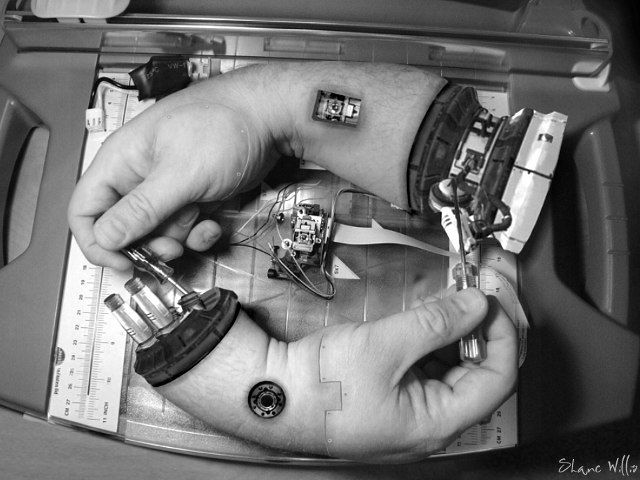Uno grupo de niños de entre 8 y 10 años han publicado un artículo científico sobre el estudio que han realizado acerca del comportamiento de las abejas. En concreto, si son capaces de reconocer patrones y colores.
El artículo, Blackawton bees, se ha publicado en Biology Letters, una revista con un factor de impacto de 3,5. Mantiene el estilo original de los niños e incluso sus ilustraciones hechas a mano y pintadas con lápices de colores.
El artículo es el resultado de un proyecto de ciencia en la calle (Street Science) llevado acabo por el colegio de primaria Blackawton, en Devon (UK). Puedes consultar la página del proyecto.
Increíble lo que se puede hacer con unos buenos maestros y la motivación adecuada. ¿La enseñanza hoy en día es peor? Cosas como esta dicen que no ¿no te parece?
(fuente: Wired)

